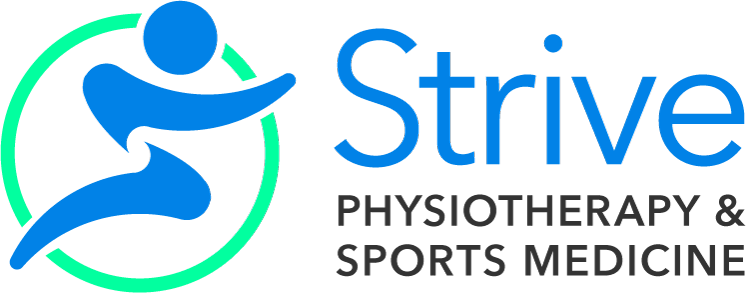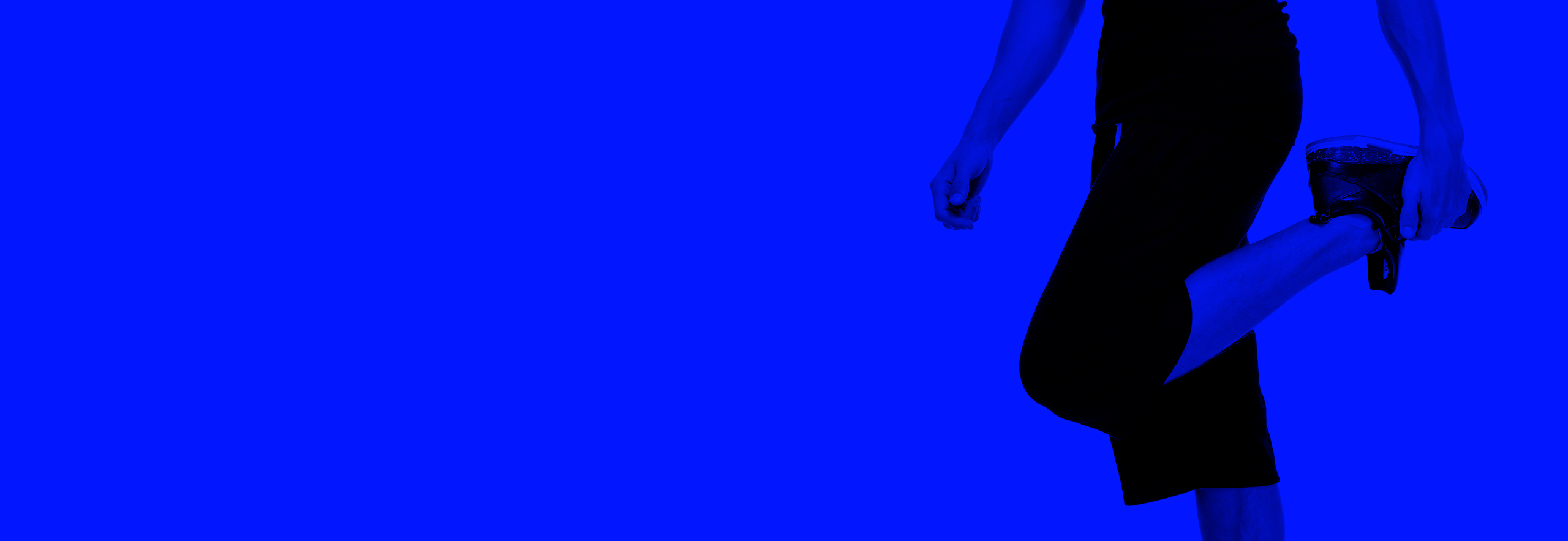What are Shin Splints?
Shin splints, medically referred to as medial tibial stress syndrome, is the general term used to refer to pain or tenderness felt along the inside (medial aspect) of the shin bone (tibia). Shin splints are typically the result of long strenuous exercise sessions or repetitive activities. They develop from overuse or repetitive stress on the shinbones, tendons and surrounding connective tissue. Shin splints tend to develop in individuals who have recently intensified or made great changes to their current training program. Typically, athletes such as runners, dancers, and military personnel are at a greater risk for developing shin splints.
What causes Shin Splints?
Shin splints are caused by repetitive stress or overuse of the shinbones, tendons, and surrounding connective tissues. Typically, the development of shin splints is due to the principle of “too much, too fast” in terms of exercise and training. A sudden increase in exercise intensity can overwork the muscles, tendons and bone tissue around the shin causing pain and tenderness along the inside of the lower leg.
Risk factors for shin splints include:
- Flat arch/overpronation
- Repetitive jumping or running
- High BMI
- Previous running injury
- Osteopenia or osteoporosis
Common signs and symptoms of Shin Splints include:
- Tenderness, soreness, or pain along inner shinbone
- Can be a sharp pain or a dull ache
- In the early stages, pain may lessen with rest
- Pain is provoked by activity
How can Physiotherapy help with Shin Splints?
Depending on the extent of the injury, your Strive Physiotherapist will help to reduce pain and help you regain the strength and appropriate movement back. We strive to help you return to the activities you enjoy most. Your Strive Physiotherapist will use a variety of different approaches to best address your individual needs. In the beginning stages we will provide education on rest, specific exercise intensity avoidance, and return to activity. We may use hands on treatment to help restore range of motion and to help with pain. We may suggest dry needling to help address muscle tightness and use tape to help support the shin in certain cases. When appropriate, you will also be given an individualized exercise program aimed at restoring mobility, strength, and proper control to minimize the stress placed on the shin bone.
How can Massage Therapy help with Shin Splints?
With shin splints, typically the muscles surrounding your shin are tight, tender, and achy. Massage therapy can be used to treat the tightness in the muscles of the lower leg that may be contributing to your symptoms. Your Strive Massage Therapist is skilled at muscle and fascial release techniques that are beneficial in reducing tone/tightness in the muscles contributing to your shin pain. Through hands on treatment, your Strive Massage Therapist can help to ease the pain and address some of the lost mobility.
How can Sports Medicine/Physiatry help with Shin Splints?
In some cases, it may be recommended that you see a Sports Medicine Physician depending on the extent of your condition. Your Strive Sports Medicine Physician or Physiatrist will perform a thorough assessment and if a stress fracture is suspected, they will send you for medical imaging such as an X-ray or bone scan. Your Strive Sports Medicine Physician or Physiatrist can also perform various specialized injections such as cortisone to help with pain and provide medications both oral and topical.
How long does it take to for me to recover from Shin Splints?
Recovery time from shin splints can vary depending on age, condition, and overall health status. Depending on the extent and the severity of the injury, healing time can be anywhere from 1-3 months; however, during this time, significant improvements in pain and activity tolerance can be seen. Most will recover after an initial period of rest, ice, and low impact activity.
What are the best exercises to help with Shin Splints?
For starter exercises to help address your shin splints, check out the shin splints Home Exercise Program. Keep in mind that these are general exercises that can help address some of your symptoms. It is important to note that these exercises are not to be performed if they increase or cause you any pain. These exercises can be a great place to start and can be beneficial for addressing muscle tone, pain management, and strengthening. They do not however, replace an individualized assessment or treatment plan that can be provided by a registered healthcare professional. If you would like some help in managing your shin splints, let us know by booking an appointment with us today!
What can I do to treat Shin Splints at home?
In the acute stages of shin splints, there may be some swelling present. If this is the case, you can apply ice to the swollen area for 15 mins at a time. Please avoid placing the ice directly on the skin by ensuring there is a layer of material between your shin and the ice. To further help with swelling, you can elevate your leg slightly above chest level. To avoid flareups of pain during the day, it’s important to pace your activities by taking take frequent breaks when needed to help alleviate stress on the shine bone and surrounding tissues. An initial period of rest from the strenuous/intense activities can also help with pain and the healing process.

Nicole Cesca
BSc (Honours) in Biochemistry, MScPT, PhD student
Registered Physiotherapist
As a past competitive hockey and soccer athlete as well as a varsity golfer, Nicole developed a keen interest in the biomechanics of the body and how certain exercises can be used to facilitate the body’s healing process. Nicole is devoted to helping others improve their quality of life and being able to function as the healthiest version of themselves. Nicole’s love for golf has led her to continue advancing her knowledge of connection between the body and golf swing. She plans to complete her Titleist Performance Institute (TPI) certification and is passionate about assessing golfers for specific movement patterns and assisting her patients in returning to the course.


